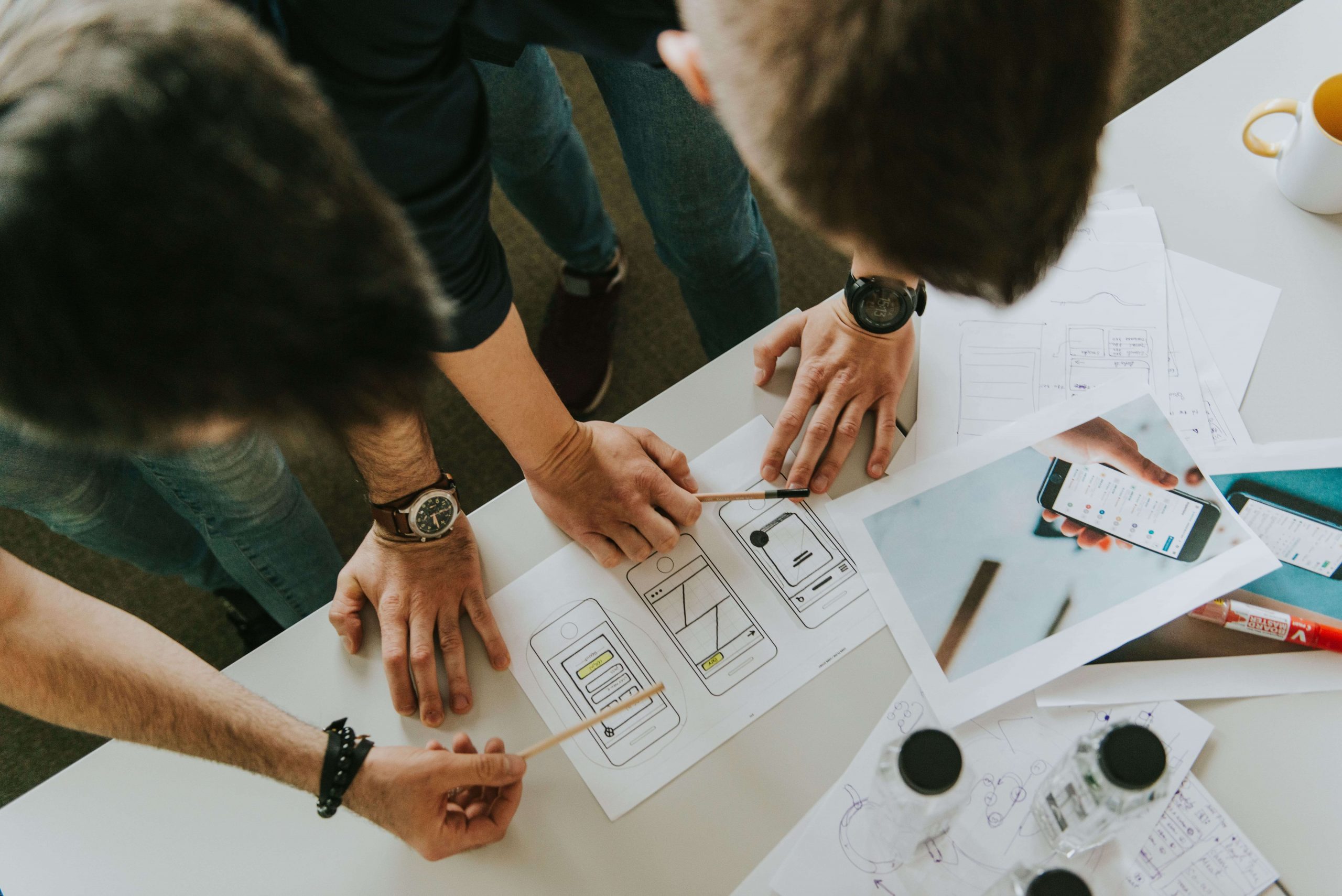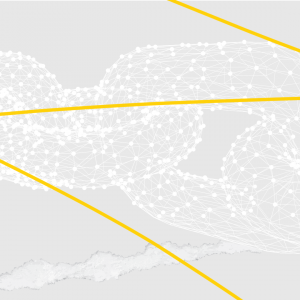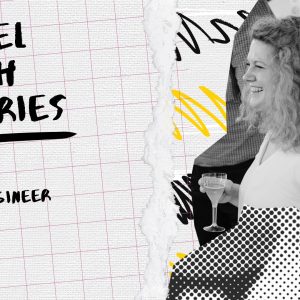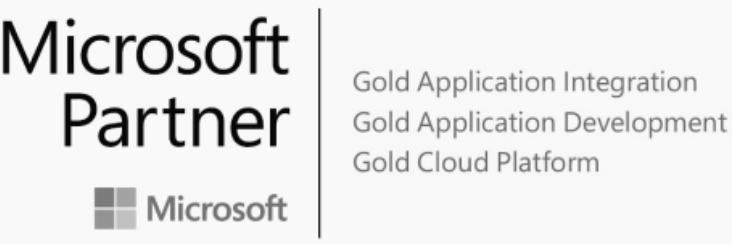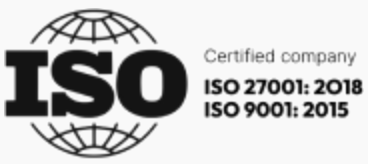In this article I am going to draw from our experience as Rebels and talk to you about a healthy practice that supported many of our clients in achieving product-market fit fast and with a demonstrated demand for it.
Specifically, I will try to demystify a myth about the MVP and its vital stage of feature prioritization, by showing you that, although this process entails starting off granularly, it does not require detaching emotionally from your initial idea, or diverting from the scenario that made you so excited in the first place.
On the contrary, by the end of this article you will learn that developing an MVP does not have to be a buzz-killer due to its overly simplistic nature. In fact, you will understand that the higher your ambitions, the more important it is to start with building a Minimum Viable Product.
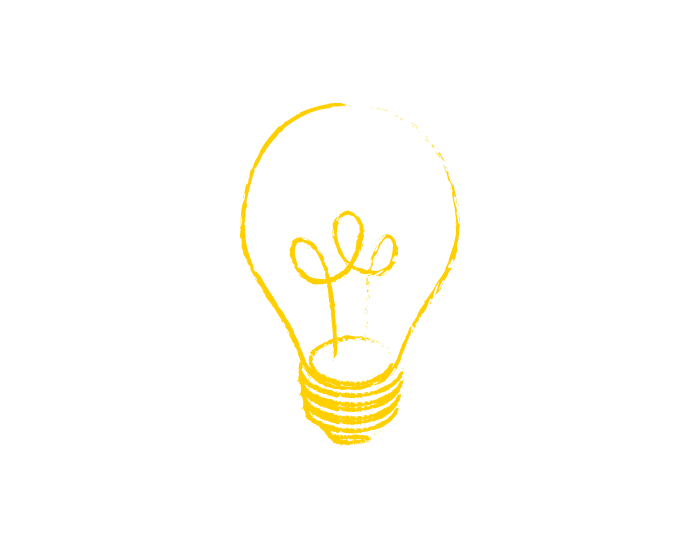
Start with building a Minimum Viable Product or struggle to deliver value with no strings attached!
No matter if you are a serial entrepreneur, or an emerging founder, there is no doubt that you will always invest yourself in each one of your ideas. Besides time and resources, you will be investing passion which, as opposed to the first two, might be particularly difficult to limit.
Eventually, you will become emotionally attached to your brilliant idea, relentlessly envisioning how that small eureka moment, be it at the desk, at your favorite pub, or in a ridiculously random moment or place, will, one day, unfold in a big wave that will take over the world.
And we cannot blame you for that.
Why?
Because we know that this emotional attachment will be fueling your drive towards materializing that idea, allowing other people to experience what once was only a what if.

Can a small MVP iteration contain your immeasurable hype?
To paraphrase from our previous article, where we have explained How to build an MVP, having a framework to formulate the essential features of your product is paramount. Beyond reducing the time to market, by periodically testing assumptions, you will also minimize the risk of wasting resources on functionalities that the users don’t need.
On top of that, working with incremental releases that will generate constant feedback will mean that instead of heavily investing in a stand-alone R&D stage, you will now have extra budget to support other crucial parts of the business, such as business development and even advertising.
Although we’ve seen founders preaching the Agile Product Development methodology, many of them are reluctant to begin their journey with a rather of their digital product and optimize along the way.
In such scenarios, these founders do not engage in a process of feature prioritization, while pushing technology partners towards releasing a feature-crowded product on the market. As a consequence, most early adopters become overwhelmed, choosing to go for something that is more and comply to their needs, rather than their wants.
On the other hand, deciding to hit the market with a simpler version of the product would yield immediate value for both yourself, as a founder, as well as your target market. Not only that users will experience a shallow learning curve, but, by giving them time to adjust and learn your platform, you will ultimately set the context for building the product that you have dreamed of early in the process. Even better, you will build a product that your clients truly want!
"Simply put, building a Minimum Viable Product will have you shift focus from delivering what you feel would work, to creating what the clients will certainly enjoy."
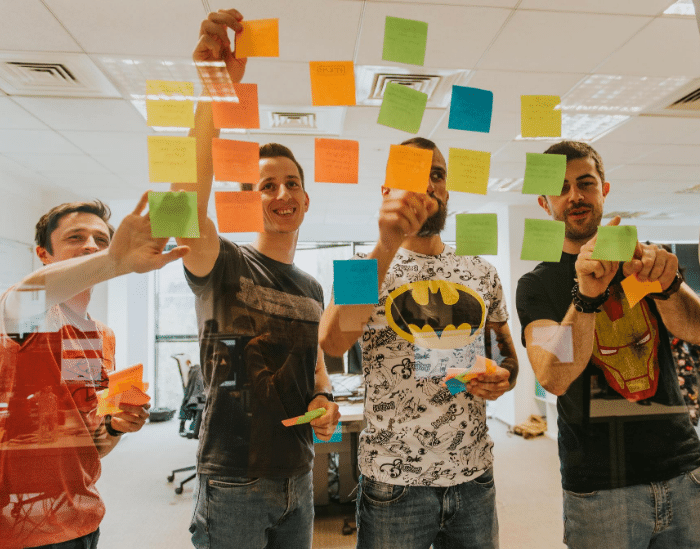
Prioritize to build what the users need.
Having collaborated with founders activating in a variety of industries, developing geo-location & navigation, property technology, networking, green tech and many other web and mobile applications, we came to a realization that we subsequently embedded within our ethos.
It became clear to us that, just as important as the actual development of their product, another crucial aspect of fostering a successful partnership relies in preserving the clients’ thrill throughout the entire process.
How do we do that?
Essentially, by getting our clients on board with the idea of feature prioritization and its impact on user behavior and ultimately revenue.
As you probably already know, there are a bunch of matrixes and methodologies that are often being used to map out the key features of a digital product.
If you are curious about that, we suggest that you look into the applicability of The Feature Buckets and The Feature Priority Matrix.
However, as we are collaborating with founders coming from various industries, we cannot really pinpoint just one method, since different products require approaching different perspectives.
Even so, while there is not a golden formula that we use for every client, when it comes to our feature prioritization process, we strive to establish it following a UX-first approach. Specifically, we start off by conducting extensive user research, iterating on user personas, aiming to map out their needs, motivations, frustrations and goals and then carry on with of them interacting with the digital product.
Listing the actions that the users will have to undertake to reach their goals will support our team in the next stage of the process. In this phase, together with our client’s input, we design the user-flows and create the actual interactions to ensure that achieving user goals will lead to fulfilling business goals. By doing so, we make sure, early in the process, to validate that the direction where the product is going is right and that it can flourish gradually.

Want a lovable MVP? Just go UX first!
It is no secret that, lately, the internet has been cluttered with plenty of nuances to concepts that should be rather straightforward. You have probably already noticed that, when searching for the term MVP, a few other variations to this term will pop up in the very first pages of the search engines, such as Minimum Marketable Product, or Minimum Lovable Product, just to name a few.
While it is not a bad idea to be constantly in tune with the current language, we propose that you don’t fall into a void of useless jargon and, just like you are doing with your product, focus on what is communicating the most value to the target users.
Building a Minimum Viable Product that users will enjoy experiencing, a lovable MVP, should not be that complicated. All that you have to do is allow yourself to Prototype first and Fail fast, while approaching an UX-first mentality. This is what we have been doing in every project so far and what has provided satisfactory results for us and our clients. Developing products through an iterative user-centered design process and validating hypotheses with minimum effort.
"Now sit back, relax and watch the early adopters enjoying your MVP like it’s the 2.0."
No, building a Minimum Viable Product won’t dampen your enthusiasm.
Starting off with a minimal version of your digital product idea doesn’t have to kill your enthusiasm. Indeed, you will have to nurture some sense of objectivity in order to map out the essential features, but, in the long run, this approach will only ensure that you are well on your way towards delivering on your users’ needs and ultimately add those extra features.
Sort of like first bake the cake and then put the cherry on top. 😊
🚀Ready to start working on your own MVP? Get in touch and let’s explore your product idea together!
